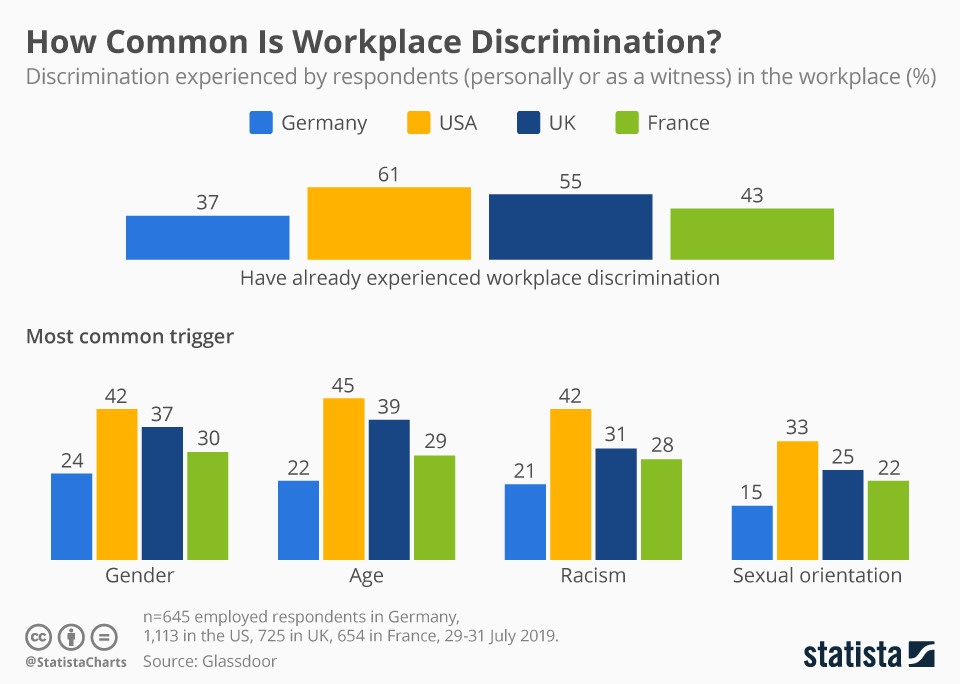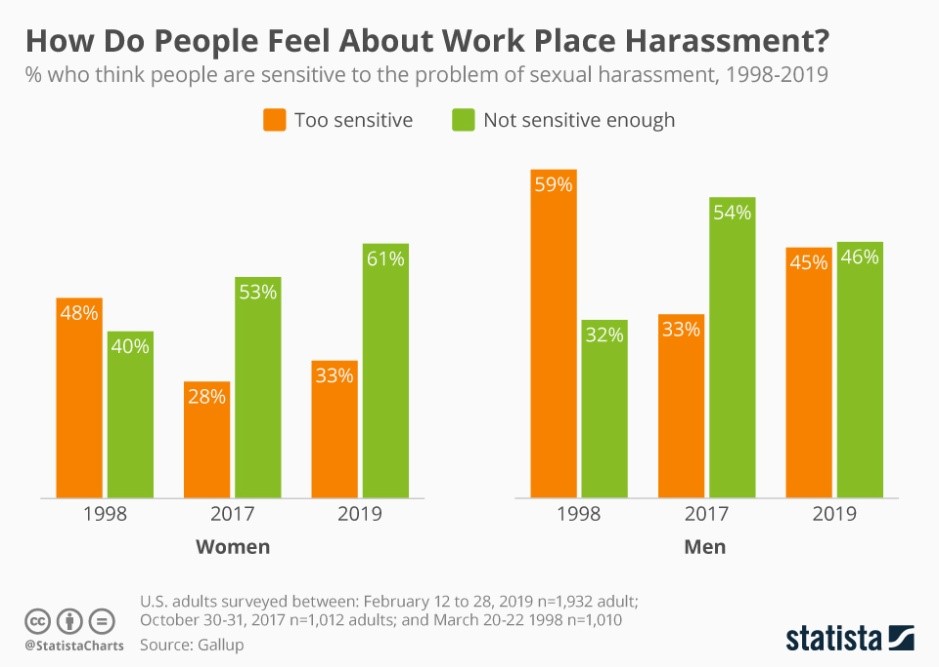
Compliance training is a necessity for most businesses these days. The fact that it is mandated by law, this training is one of the most essential tools to generate a productive workplace and maintain safety. While the training tools of compliance training can be similar to any other training, your approach can always vary. Moreover, compliance training for future leaders is very different from soft skills training. Hence, you need to be aware of the differences to maximize the impact of the training and move beyond conventional methods.
To clarify things further, here we are going to discuss what is compliance training, why it matters and how can boring sessions be made more effective. If you are an administrator who is looking for innovative ideas, you have landed at the right place.
What Is Compliance Training?
Compliance, in general, is the process of conforming to rules, regulations, and specifications. In simple words, it is the notion of agreeing and accepting. It is mandatory training for many organizations as it tends to educate the employees about the laws and company policies. As a director, this will allow you to protect your institution’s values and policies.
Training your staff for compliance means that the organization has secured some sense of legal accountability. Disregarding the company policies, rules and regulations might have drastic consequences for your organization including fines, attrition, criminal prosecution, etc. Thus, your employees will need to complete the training within the deadlines in order for the institution and its employees to comply.
Why Does It Matter?
Educational institutions undoubtedly have a social responsibility to their employees. From ensuring that it is free of harassment and bullying to providing a safe workplace and protecting privacy and data. If things are not handled correctly, the company is always at risk of legal action, tarnished reputation, and in the worst case scenario, getting shut down.
Thus, in layman’s terms compliance training for employees is the heart and soul of your institution’s risk management system, even though the training is not all about reducing or managing risks. Here are some other reasons why you should take this training seriously:
Apart from these benefits, compliance training conveys to your employees that you not only respect them but also want to make the workspace better and fit for work.
Various Compliance Training Programs
As an educational institution, you will have teachers, students, and staff from various backgrounds, and hence diversity training is much more than just being politically correct. Instead, this training emphasized how to work with people of different races, religions, ethnicity, gender, sexual orientation, etc, and focuses on the strengths of diversity.

With this training, your employees should feel empowered and should learn how to effectively embrace the perspectives and opinions that a diversified workplace can bring to the table. Additionally, the training should also address various demographics that are to be portrayed in your company's documents, literature, and marketing content.
These training programs guides and administers measures to respond to incidents related to harassment, sexual harassment, and bullying. In this training session, you as an employee should clearly define what harassment is and outline all of its associated behaviors.

Furthermore, anti-harassment training should include effective strategies to be used by the staff to respond to such situations. Moreover, you should also provide prevention and intervention strategies to ensure workplace safety.
Cyber security is often an overlapping context for data protection and privacy. However, it is worth separating the two subjects while providing compliance training. The compliance training program on this topic should include how to manage confidential information effectively. Additionally, you should also educate your staff on the tools, strategies, and systems needed to protect people's personal data and identities.
If you want to ensure compliance within your organization, then must draw a distinguishing line between Personal Data and Personally Identifiable Information. Moreover, you should also explain why and how this information can be exploited. Your employees should be able to handle the data safely beyond the work environment and must know the measure to be taken in case of a lost device or stolen.
While certain environments, job titles, and industries pose a physical threat, your basic office needs to comply with the minimum workplace safety standards. Be it training for general caution or first aid procedures, employees must be aware of the appropriate behaviors and responses. Moreover, you should also train your employees on emergency preparedness and fire safety as no one is fully immune to these risks.
Every organization needs to draft a code of ethics that details the guidelines for disciplinary action. In the training, you should describe what cheating and corruption look like and also cover the conflicting and grey areas of your institution. Fundamentally, the training should include accountability structures, risk assessment, encouraging whistle-blowing, etc.
How To Make Compliance Training Fun?
If compliance training is daunting and cumbersome, here are some ways by which you can make things fun.
The Bottom Line
Compliance training is often a mandate. However, it is not necessarily evil. Instead of portraying it as a burden, you can ensure that both you and your employees can benefit from it. Moreover, if you are facing problems in creating an administrative framework for your employees, courses like a Master Trainer Program can prove to be enlightening.
Leave a comment!
Written By : Victoria Lewis
Centre For Training & Professional Development (CTPD) - The Trading brand of TTA Training Private Limited, India is a ISO 9001:2015 Company




© 2021 - Centre For Training & Professional Development (CTPD). All Rights Reserved. Centre For Training & Professional Development (CTPD) trading brand of TTA Training Pvt. Ltd (India) - CIN U80902WB2016PTC215839, Asia Teachers Training Co., Ltd (Thailand) - Registration No. 0105558193360 & Asian College Of Teachers Ltd (UK) - Company Number 9939942 & Asian College Of Teachers LLC, (USA) - Federal Tax Identification Number 30-1261596
Designed by kreativewebtech